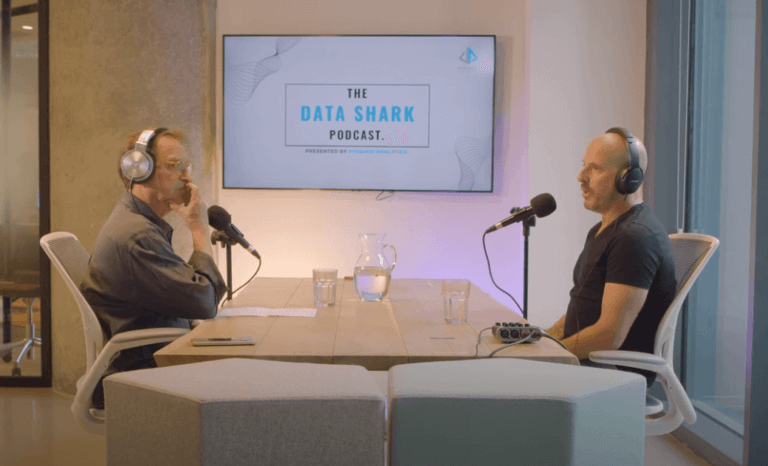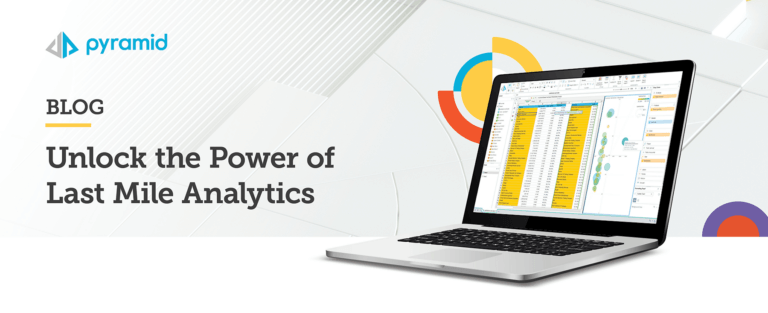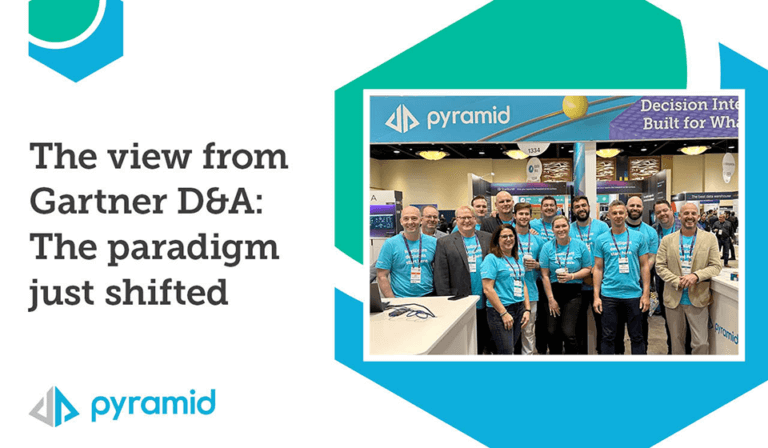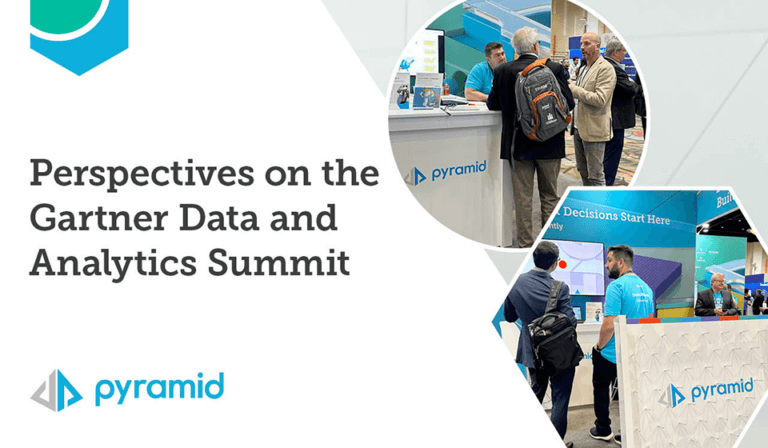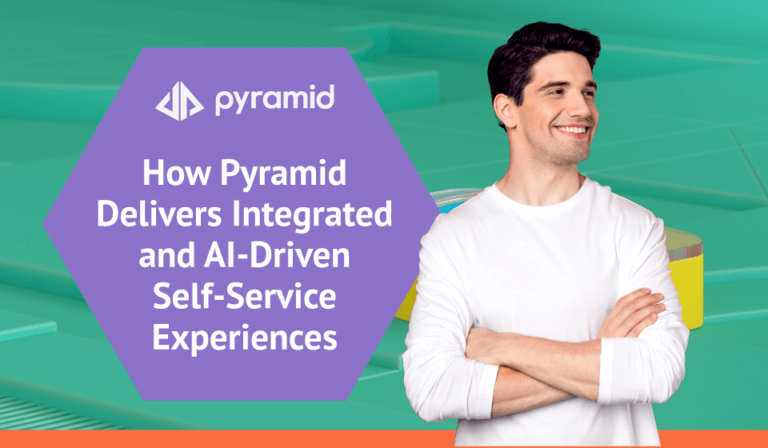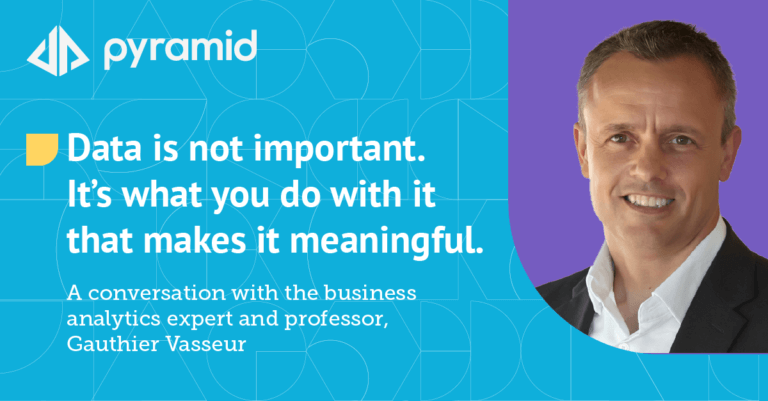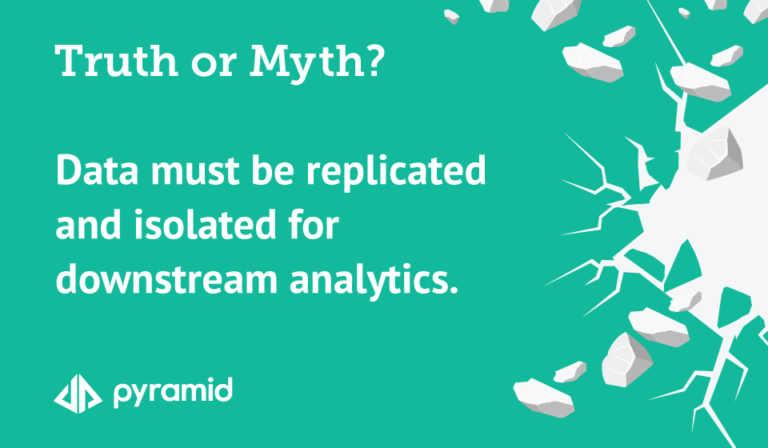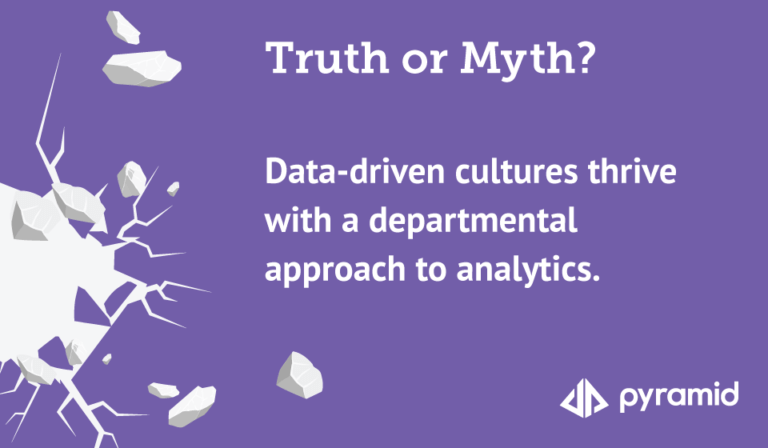It was great to be at the Data-Driven Drilling and Production Conference in Houston on June 11 and 12. The conference was well attended by hundreds of oil and gas (O&G) professionals looking to use technology to minimize downtime, enhance safety, and deliver digital transformation throughout their businesses.
We talked to dozens of attendees looking to educate themselves about modern data collection and ingestion methods, better information management and integration processes, E&P automation & control systems, more efficient change management, and drilling optimization techniques, and advanced and predictive analytics.
As an analytics and BI vendor, we were there to learn more about how practitioners use advanced analytics—particularly AI and machine learning—to extract more value from their data.
Three Key Themes
In our conversations with attendees and other vendors, three key themes emerged:
- The Persistence of Data Silos – No surprise here: data silos aren’t going anywhere. The upstream organizations we spoke to struggle with data sharing across departments. It’s a common scenario for users to have limited access to distributed data. It is also common for upstream organizations to perform analytics using numerous tools (many of the individuals we spoke to freely admitted to using three or four different BI tools). This perpetuates the cliché: there is no single version of the truth. The result is duplicate data, duplicate efforts for reporting, duplicate logic and business rules, and more. As a result, collaboration and efficiency suffer.
- AI and ML Operationalization Remain Elusive – Many professionals we talked to lack effective systems for putting advanced analytics into production. Here’s a common scenario. A line-of-business user will throw data scientists a set of data and say, “here’s the data, do your magic.” The data isn’t always optimized, so data scientists often spend time prepping the data before they can even analyze it. Then they analyze the data using standalone ML software applications before outputting a flat file and sending it to a business analyst to reload into one of several desktop-based BI applications. This results in a perpetual cycle of extracting, importing, analyzing, exporting, re-importing, and re-analyzing data. The process is cumbersome and inefficient; meaningful insights from AI and ML initiatives remain limited.
- It’s Hard to Move Beyond Legacy Analytics Systems – For many O&G companies, there is a strong desire to adopt new data and analytics technologies; they acknowledge legacy tools aren’t equipped to quickly accommodate newer data sources and perform advanced and prescriptive analytics. However, the difficulty of migrating from legacy systems often holds some people back—no matter how siloed their data environment is. Many organizations have had their current desktop-based analytics solutions in place for years—sometimes decades. However, the huge store of analytic models, dashboards, and reports they have created over the years cannot be easily migrated or re-created.
The three challenges identified above are tough. But that doesn’t make trying to solve them any less urgent. And from our perspective, this doesn’t make them any less solvable. The price of inaction is too high. No one can stand on the sidelines while the technology environment changes.
How Pyramid Can Help
At Pyramid, we’re here to help.
First, we make data governance a core part of our analytics offering. It’s a powerful way to break down data silos. It ensures that critical data, content, and IP are easily organized and secured. While end-users have broad access to data and functionality that matches their functional needs wherever possible, IT can continue to protect sensitive, valuable information. Simply put, Pyramid is designed to incorporate governance at every level so organizations can exert control of the data where necessary without resorting to a data dictatorship. This increases collaboration and gives the business a fuller picture of its data assets.
Second, culture is an overlooked ingredient in any company’s quest to become data-driven. AI and ML initiatives are only successful when there is organizational alignment. And this alignment only comes when data and analytics leaders actively seek ways to create bridges across business units and user needs. Pyramid eliminates much of the back and forth of using multiple toolsets. As an enterprise application, everyone involved with the decision lifecycle—IT, analysts, data scientists, and everyday users—can interact with shared, consistent data. Using a point-and-click ETL tool, data scientists can reduce the time it takes to clean and prepare data for analysis. They can then publish the models into an analysis and reporting environment for business analysts to immediately access to build visualizations and dashboards. Thus, data scientists’ efforts can be put into production much more quickly.
Lastly, we understand the reluctance to migrate to newer technologies, especially considering the cost (both time and money) that such migrations require. Yet, the immediate cost savings that come from delaying investments in analytics and data technology come with hidden costs. We’ve worked with customers to implement right-sized analytics implementations that allow them to harness all their existing content, data, and infrastructure investments. Pyramid can complement existing BI and data environments, so organizations don’t have to rip and replace entire analytics and data stacks. We support a measured migration by accessing existing content produced by existing tools. In other words, you can start with the content you have and build on top of it. Implementations with Pyramid are evolutionary, not revolutionary.
We Hope to See You Next Year!
While we were surprised to find ourselves as one of the few enterprise analytics and BI organizations at the DDDP Conference, we were glad to speak with those who attended and share our vision of end-to-end, full-featured analytics and reporting.
There was a genuine interest in how an enterprise platform can support the advanced analytic needs of data scientists as well as the everyday analytics workflows required by IT, executives, analysts, and business users. At Pyramid, we’re keen to make analytics a universal experience.
If you’re interested in learning more or seeing a demo, let us know! We hope to see you again next year!





